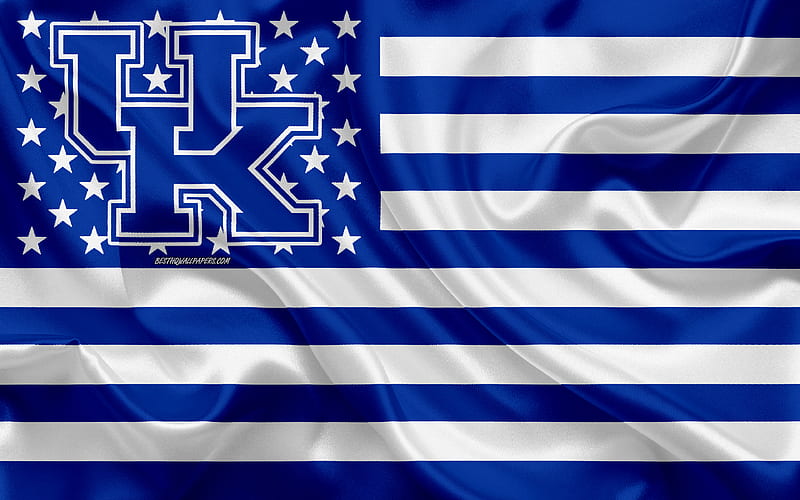
Three Kentucky players have decided to return to college rather than pursue an NBA career due to….
Chicago — You may argue that the NBA Draft Combine, particularly the five-on-five scrimmages, have a greater impact on college basketball than on the NBA.
Even this year, when fewer players than ever chose to sit out the games, the vast majority of the anticipated first-round picks did not take part in live action. Instead, NBA officials were able to observe players who were largely contending for second-round places or, at most, late first-round picks.
That’s a group of athletes who still have collegiate eligibility and are deciding whether to stay in college or join the draft and commit to professional baseball.
Neither decision comes with promises. Whereas the professional track used to mean more money, even if players ended up abroad or in the G League, this is no longer the case due to the NIL’s remarkable ascent and impact.
Only first-round picks will receive fully guaranteed contracts. The most likely option for second-round picks, as well as certain elite undrafted players, is a two-way contract worth somewhat more than $500,000 per season and not guaranteed. The going NIL rate for players in the combine is likely to be higher than that of the present market. In other words, unless they are first-round draft picks, playing college basketball next season may be their most financial alternative.
Conversely, the idea that returning to school is a method to improve your draft ranking is not necessarily accurate, especially when next year’s draft appears to be much better than this year’s. Returning to school worked for UConn’s Donovan Clingan and even Purdue’s Zach Edey, who saw a significant improvement in his stock this week, but cautionary tales abound. Here is what I would recommend.

Leave a Reply